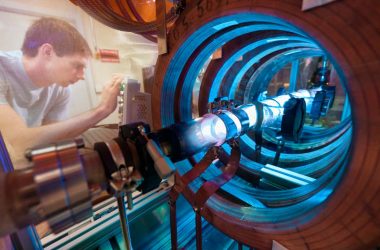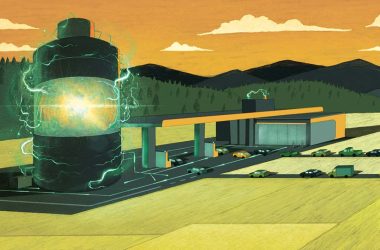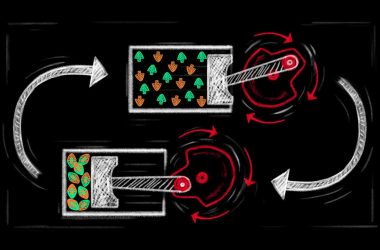Fractal geometry is frequent in nature
Shutterstock/Sabine Hortebusch
You will have nearly definitely seen computer-generated fractals – stunning, trippy photos through which vibrant, intricate constructions repeat advert infinitum as you fall ever additional down the rabbit gap. Formally talking, fractals are infinitely complicated patterns which might be self-similar throughout totally different scales. However, in an echo of their geometry, fractals might help us higher perceive the world on many ranges.
Let’s begin with the acquainted: fractals in nature. “They’re throughout us – in bushes, mountain ranges, river deltas and so forth,” says Dave Feldman on the School of the Atlantic in Bar Harbour, Maine. Such ubiquity is sensible due to the best way fractals are made: “a easy iterative course of – repeated folding or branching – can produce fractals”, he says.
These kinds aren’t only for gawping at, although. The inside of your lungs is fractal for a cause: such preparations cram an enormous floor space right into a small quantity of house. That is how evolution solved the issue of maximising the realm of tissue that may soak up oxygen.
The place fractals get baffling, nonetheless, is within the causes they captivate mathematicians, not least as a playground for exploring numbers. That is the place we encounter fractal dimensions. In our on a regular basis world, a straight line is one-dimensional, a sq. or rectangle two-dimensional and a dice or sphere three-dimensional. However fractal constructions have dimensions in between these values. Although largely inconceivable to visualise, you may consider these as a measure of how a lot complexity a fractal comprises…












